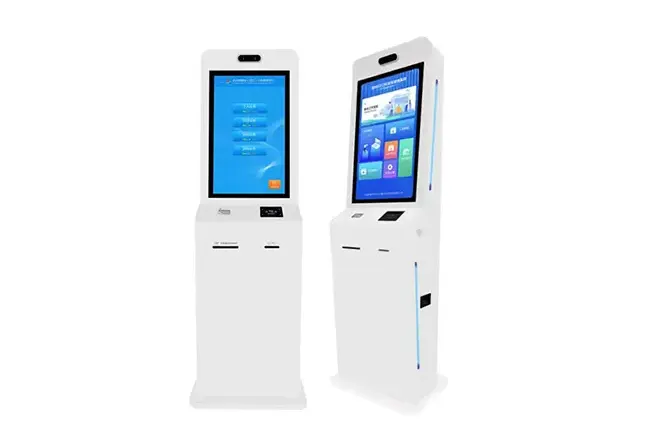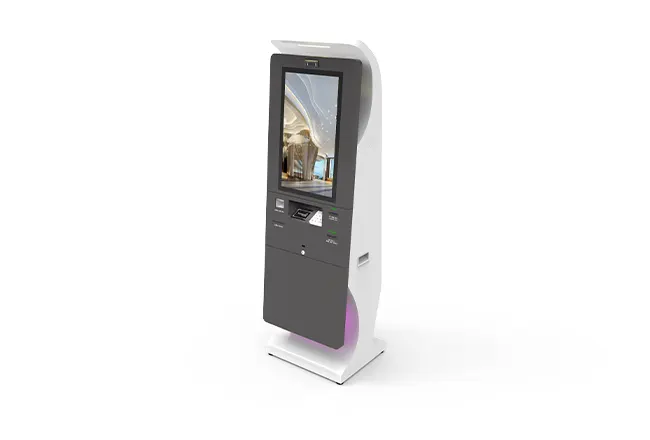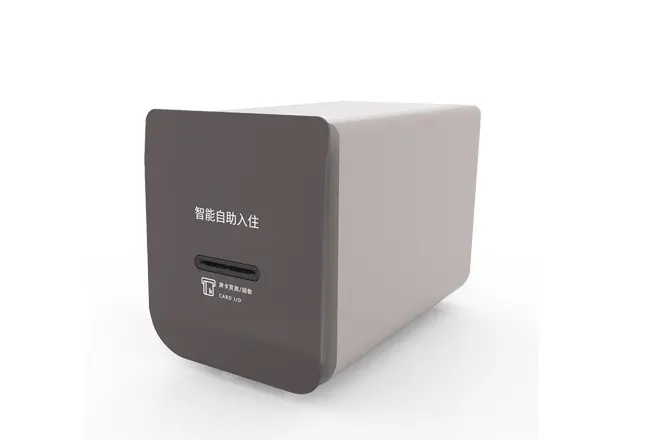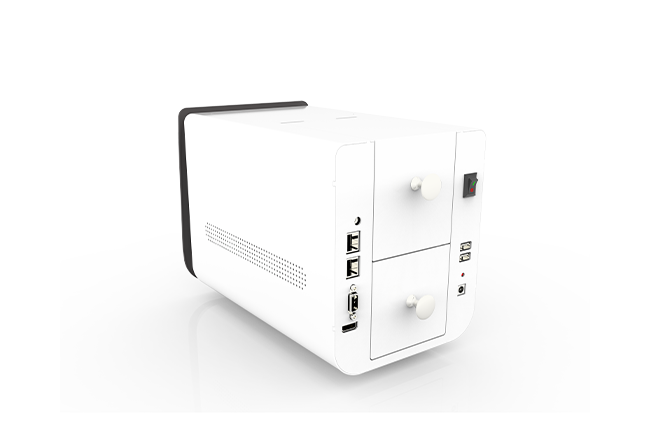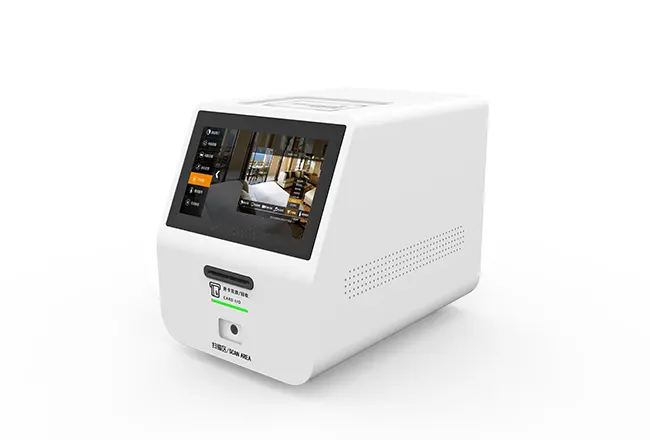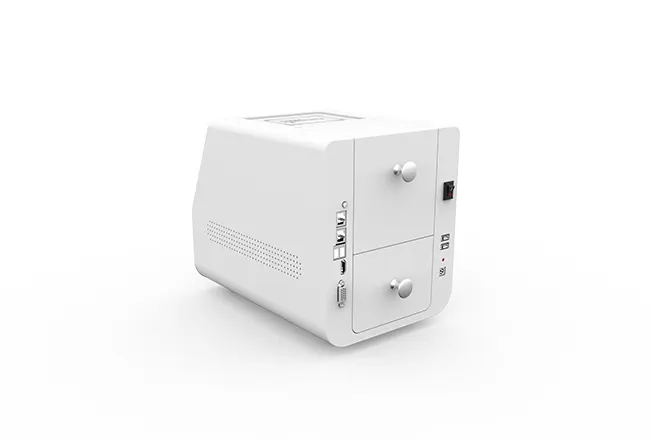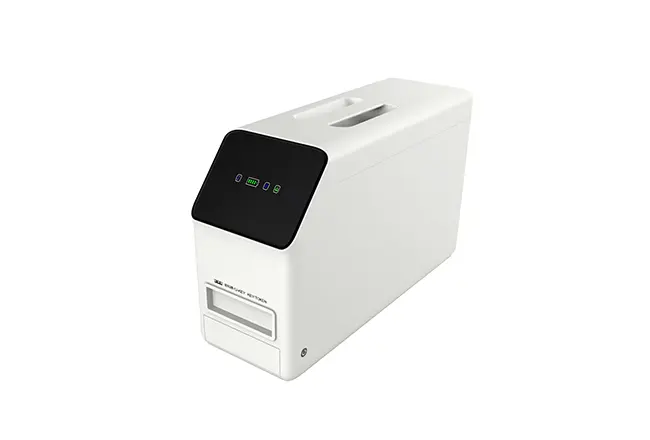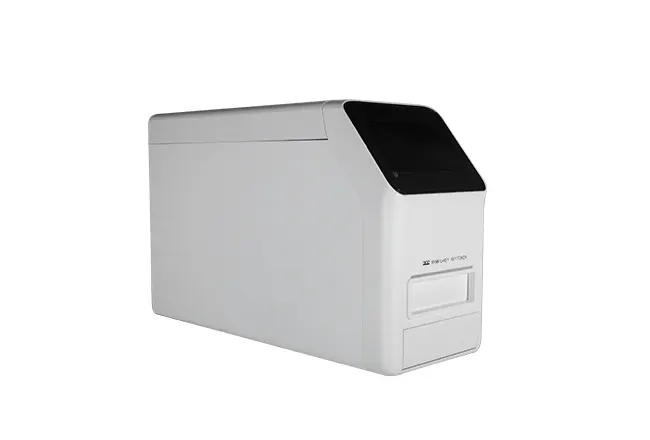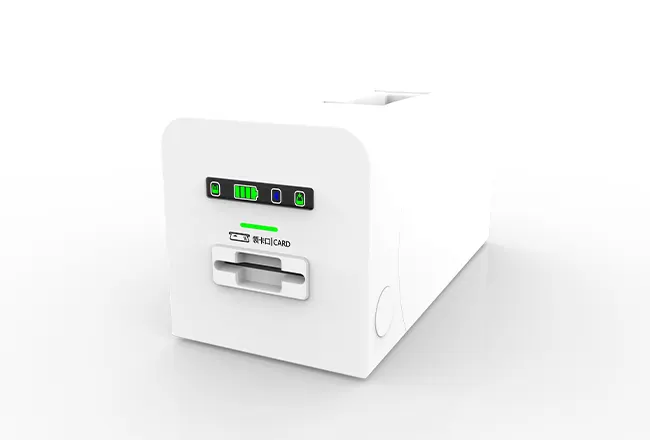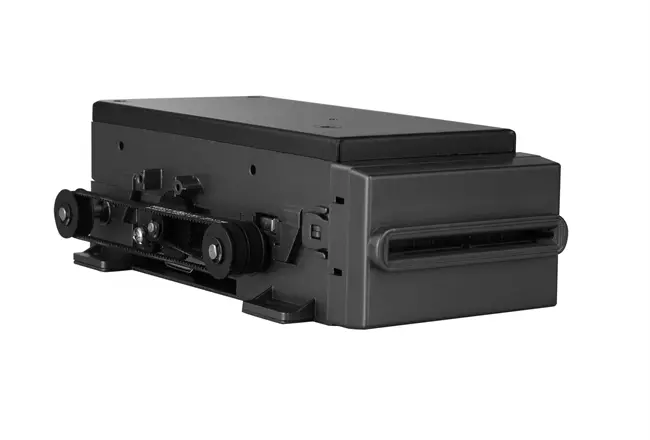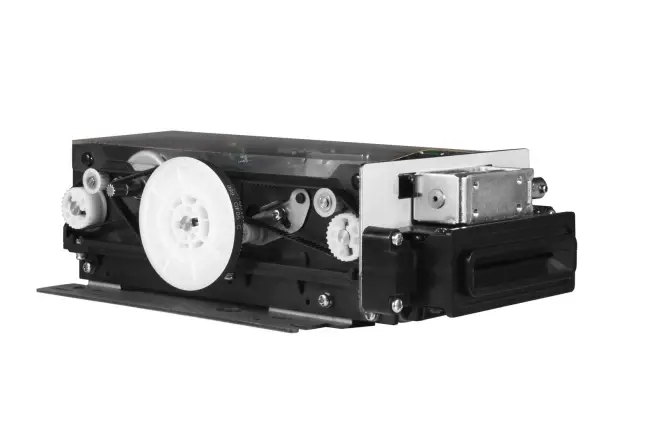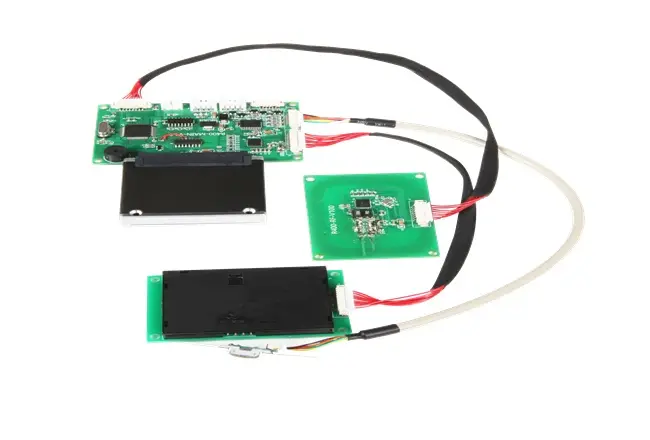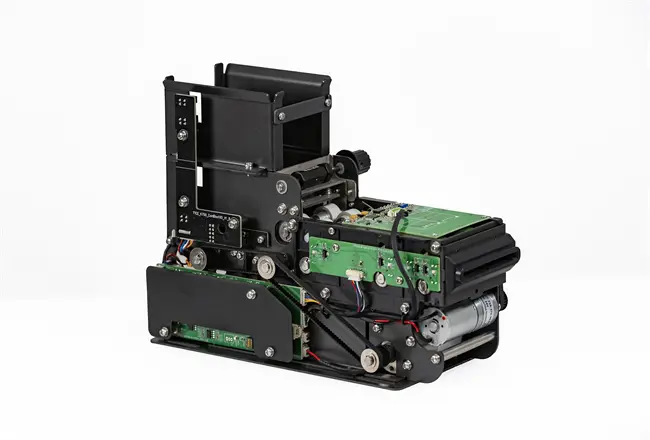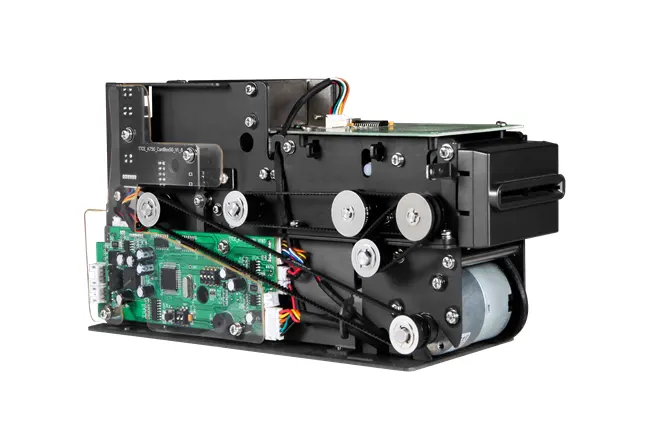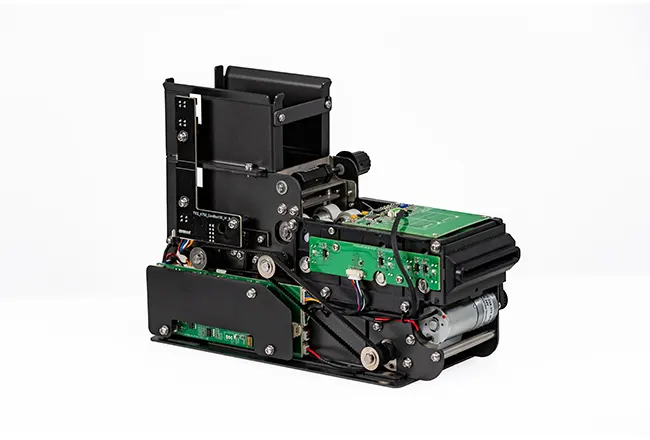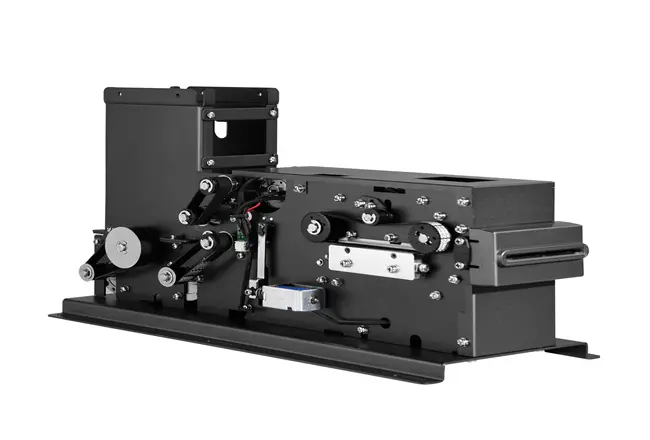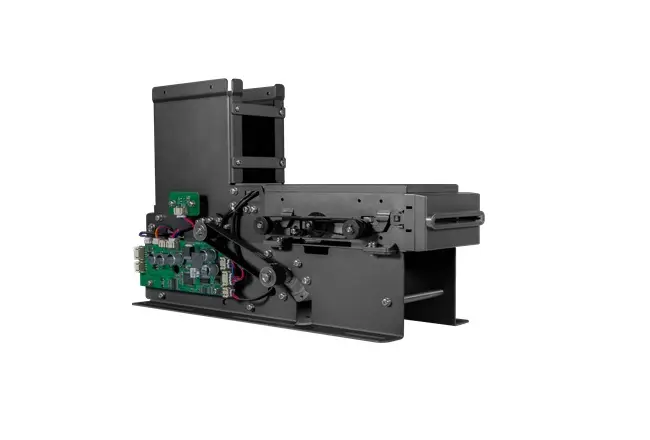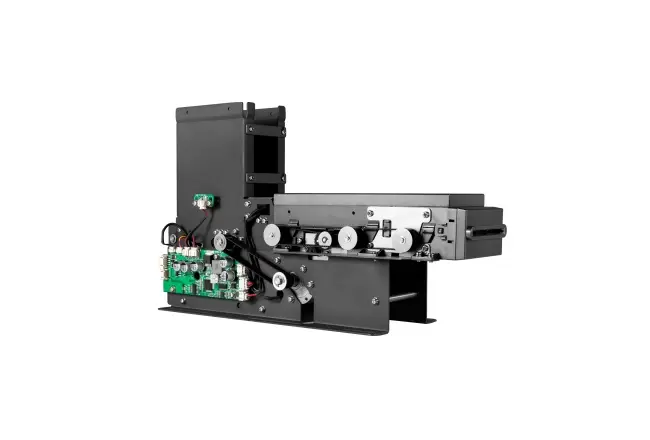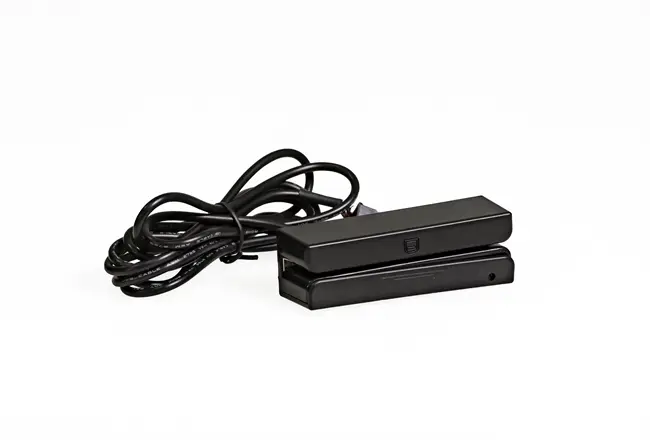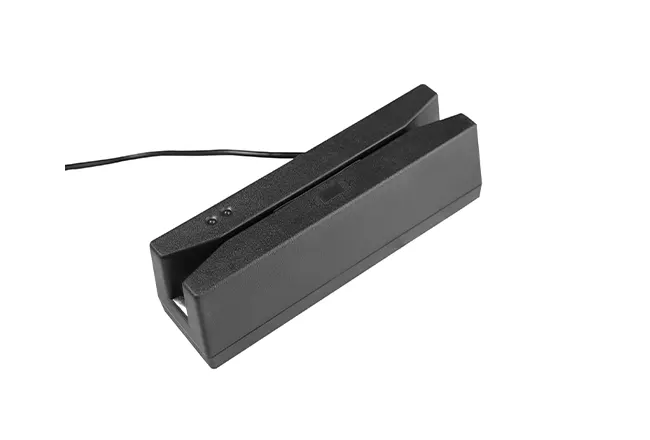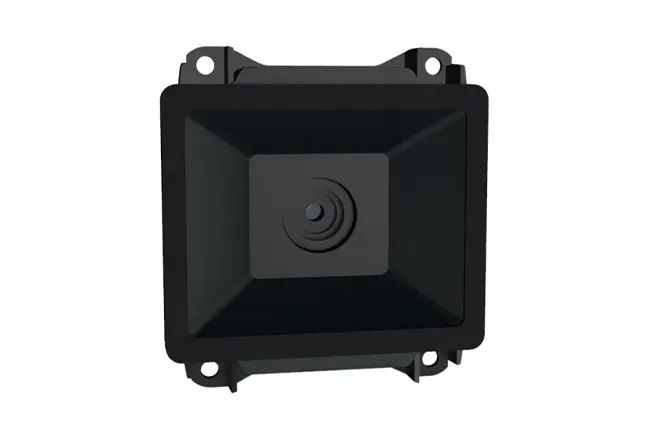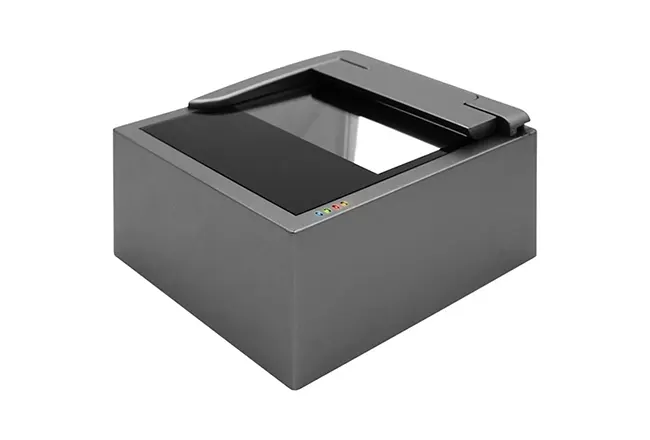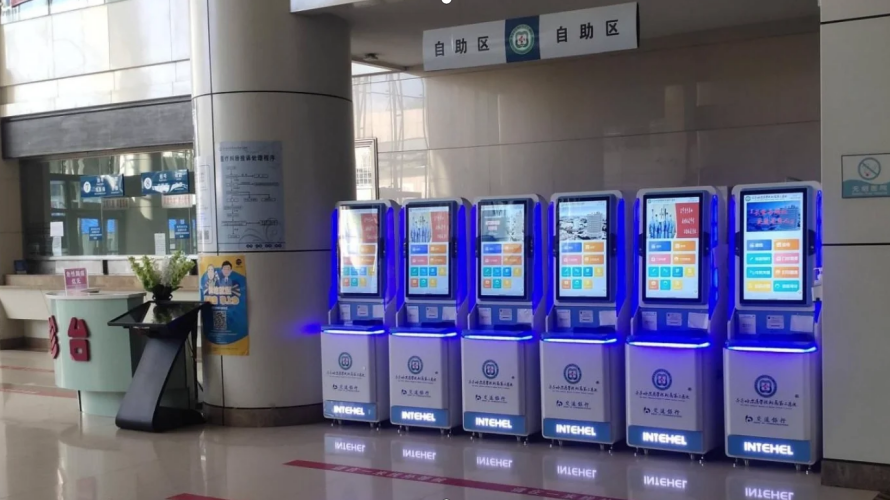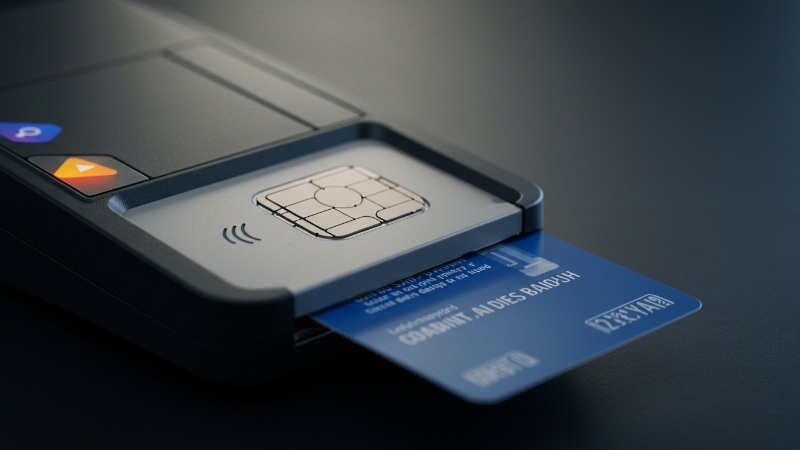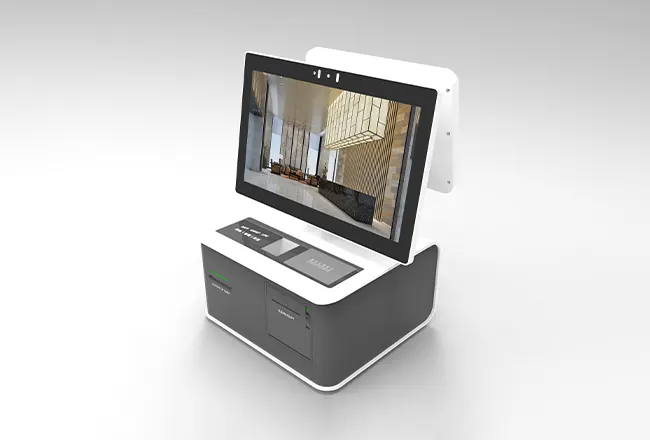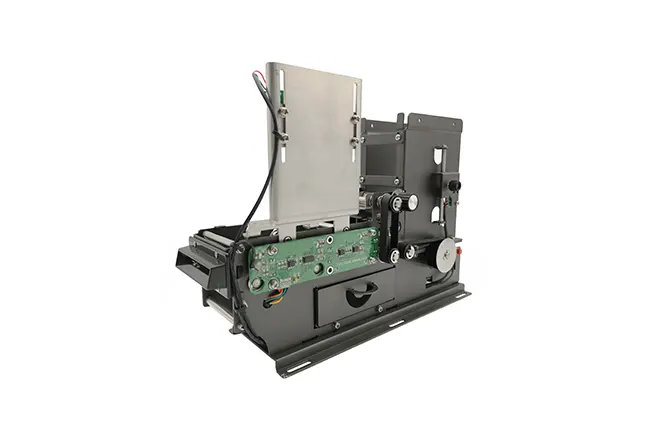Blog Related
How the ATM Card Reader & Writer Is Revolutionizing Day-to-Day Banking
2025-06-16Walk into any branch lobby or convenience-store foyer and you will see a familiar metal box waiting to dispense cash, check balances, or top up a mobile wallet. Hidden in that box is the ATM card reader and writer, a device that moves data as quickly as money. In a single motion it reads the magnetic stripe, scans the embedded chip, or senses the contactless antenna; it then matches the cardholder's credentials with a distant server, updates an account in milliseconds, and quietly writes a fresh usage record back onto the card. Because all of this happens in a sealed compartment, most people never notice the stream of authentication tokens, encryption keys, and balance flags that travel between plastic and processor. Yet this silent workflow now anchors the trust that keeps self-service banking alive.
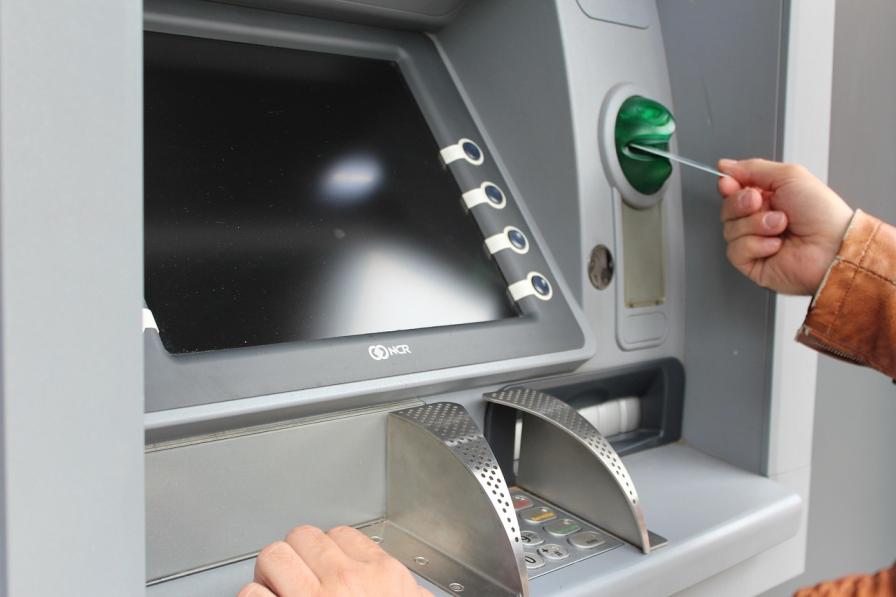
The evolution has been dramatic. Early machines only needed to read black stripes, but today they must cope with EMV chips, near-field RFID tags, biometric prompts, and even QR fallback codes. As a result, the modern reader/writer is less a simple slot and more a miniature computer that handles multiple protocols, shields card data with hardware-level encryption, and resists physical tampering through rugged frames and anti-skimming sensors. By compressing all those jobs into a palm-sized module, banks can shorten queues, extend service hours, and give customers the same confidence they expect from a staffed counter.
• Instant verification: Real-time cryptography checks PINs and tokens without sending unprotected data.
• Fail-safe writing: Transaction counters, loyalty rewards, or transit fares are stored back onto the card before it leaves the slot.
• Service continuity: Even when the network blinks, cached authorizations let critical withdrawals finish instead of timing out.
Simple Motions, Smart Mechanics
To appreciate why the ATM card reader and writer matters, consider what happens during a two-second transaction. A tiny motor pulls the card past optical, magnetic, and contact pins; each sensor captures a different layer of information, from account numbers to dynamic cryptograms. Firmware compares those readings with a secure element embedded in the terminal, and only then does it open a two-way channel to the bank's core switch. When approval arrives, the firmware writes a confirmation code onto the card's chip and releases the motor. That short round-trip - barely longer than a heartbeat - removes counterfeit cards, stops replay fraud, and proves that both customer and machine are genuine participants in the payment network.
The latest hardware adds clever safeguards without increasing complexity for users. Power-down eject features push the card back if electricity fails, modular readers slide out for five-minute maintenance instead of hour-long disassembly, and self-cleaning bezels sweep away dust before it can jam the gate. Engineers also reinforce the track with stainless steel and heat-resistant polymers, so kiosks can serve outdoor transit hubs or tropical forecourts without warping.
- Multi-card agility
• Magnetic stripe, IC chip, and RFID in one slot
• Automatic protocol switching for global interoperability
- Security by design
• Tamper sensors trigger lockdown on forced entry
• Firmware signed and version-locked to stop rogue updates
- Operational uptime
• Hot-swap modules cut downtime to minutes
• Remote diagnostics flag worn rollers before they fail
About TTCE-M800
Among the new generation of devices, the TTCE-M800 ATM card reader and writer stands out because it bundles speed, security, and flexibility in a single chassis. Certified to both PBOC and EMV standards, the M800 speaks the same language as international payment schemes while meeting China's stricter cryptographic rules. Its dual PSAM slots host security chips that isolate keys from the main logic board, and its contactless antenna supports open-loop fare collection or smartphone wallets side by side with bankcards. Even during a sudden blackout, its power-fail capacitor ejects the card so customers never lose property.
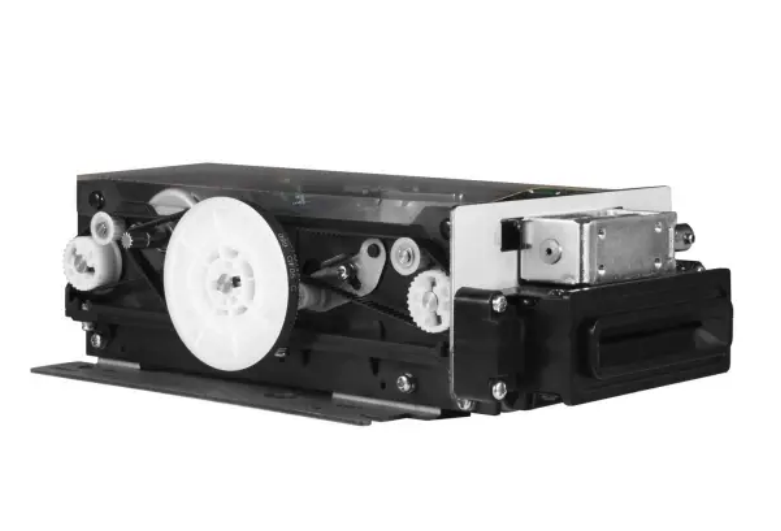
Adoption has spread beyond retail banking. Subway turnstiles use the M800 to load trip history onto commuter cards; hotel kiosks encode room access passes within seconds; telecom providers print SIM activation data through the same head. Because the module is both compact and modular, manufacturers integrate it into cash recyclers, ticket machines, and ID-verification booths without major redesigns. The result is a single technology stack that scales from rural ATM cages to high-traffic city centres.
• Key Advantages That Explain Its Global Footprint
✅ Wide media support ensures one unit can serve debit, credit, social-security, or e-purse cards with no swaps.
✅ Power-down eject protects users against card loss and boosts customer trust, critical for unattended kiosks.
✅ Dust-shielded bezel keeps sand, coins, and stray tickets out of the card path, lowering maintenance calls.
✅ Ease of service lets technicians replace motors or sensors on-site in under ten minutes, improving SLA targets.
Looking forward, Shenzhen Tianteng - the company behind the M800 - plans deeper integration with digital identity platforms so that a physical card, a face scan, and a mobile credential can all ride through one converged reader. As ATMs evolve into smart kiosks that sell travel insurance, renew driver licences, or dispense prepaid SIMs, a robust ATM card reader and writer remains the gateway that ties every service back to a verified person and a secure account. By choosing a future-ready model today, banks and service providers gain the head-room to support tomorrow's protocols with only a firmware update, not a full hardware swap. In that sense, the humble reader/writer is not merely surviving in an age of mobile apps - it is quietly reinventing the very meaning of self-service banking, swipe after swipe.

